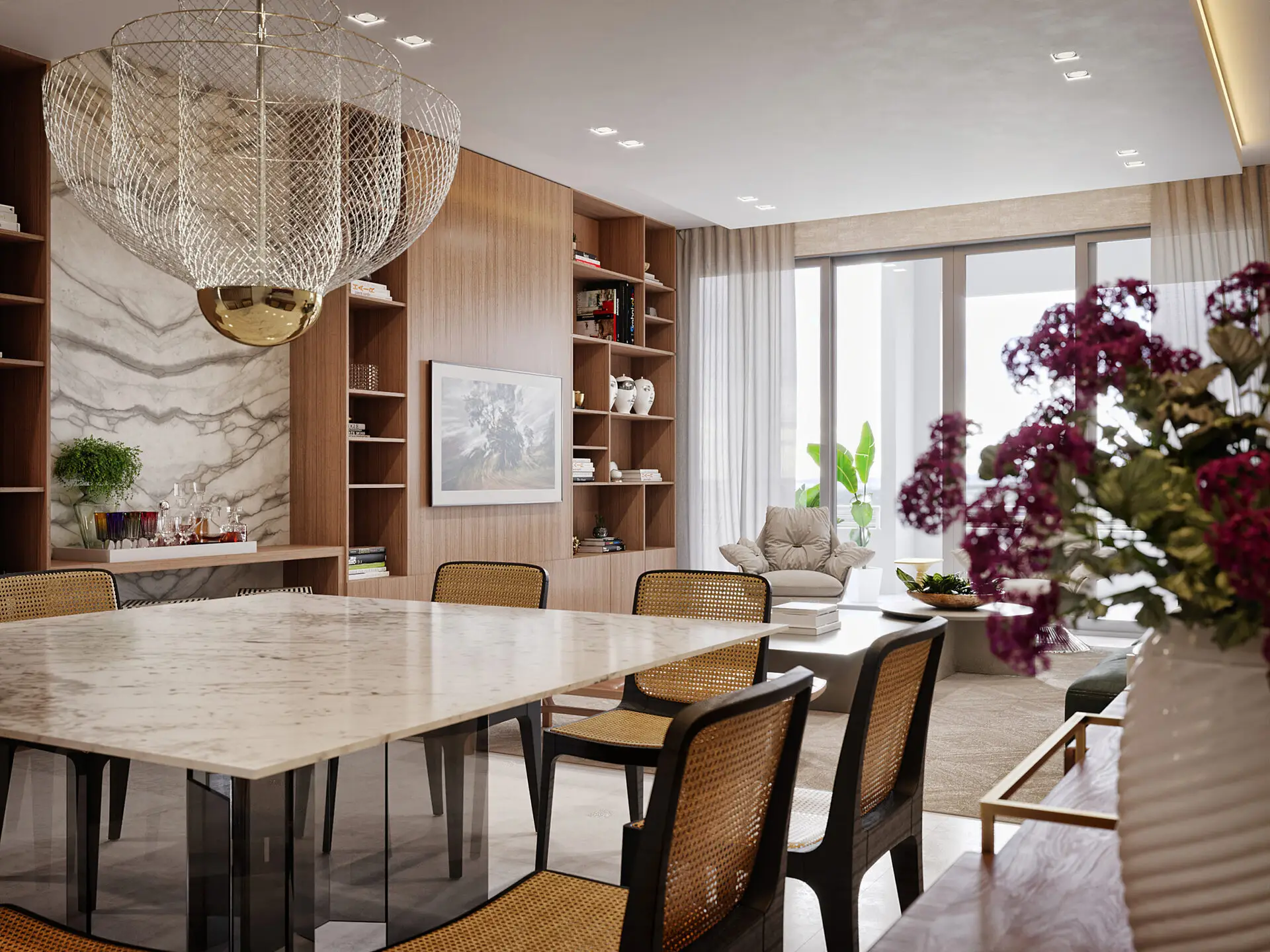Introduction
It can be fun, but also just plain difficult to outfit a room. Building a dream space takes time and effort. So, if you’ve ever been in a room and thought “I need a step-by-step guide of exactly how to design this,” then this post is for you!
Define the Purpose
Before starting any design work, define the function of the room. Whether it’s a space for socializing in your living room or a haven for sleeping in your bedroom, being clear about this will help determine choices about furniture, layout and decor. Fulfilling a clear purpose, the room meets our practical needs and helps to establish the ground stones for the choice of aesthetic.
Establish a Budget
Budgeting is essential to controlling costs and for making good decisions. See how much you can afford to set aside for furniture, decor and everything else. Make the basics a priority and budget for those. The budget is key for creative freedom that doesn’t break the bank.
Select a Style and Theme
Select a desired style or theme for your card that represents your own taste. Have a cohesive style, whether it’s modern, rustic, eclectic. Plan for the desired look, and consider a mood board or collection of colors, textures and inspiration images. This helps to make the room feel cohesive and designed.
Choose a Color Palette
The correct color palette can determine the mood of the entire space. Begin with a base color and pick complementing colors for accents. They’re backed by neutral tones, offering flexibility, but accented and lined with bold colors for personality. A consistent color throughout anchors the room and compliments the design.
Plan the Layout
Good space planning is crucial for function and circulation. Here keep in mind the size of the room, and the location of windows and doors. Position furniture to facilitate movement and accessibility. Use masking tape to lay the sections out on the floor, and play around with different arrangements, using online design tools or actual graph paper to lay it out and make sure the pieces fit the room’s purpose.
Select Furniture and Decor
Select furniture that fits the style and function of the room. Spend your money on quality, long lasting, and comfortable products. Think about scale and proportion so you are not overloading. “Layer in decor pieces such as art, rugs, accessories to bring in some design,” he says. These articles help a room tell a story, and they insert character and charm.
Focus on Lighting
Light is a big factor to both mood and beauty of the room. It’s all about creating a mix of ambient, task, and accent lighting. Opt for dimmable fixtures to allow for flexibility, and allow the lamps and fixtures to serve as design elements. The mood can be set by decent lighting, it can make the room warm and welcoming.
Add Personal Touches
Add personalized touches to make the box room your own. Showcase family portraits, pictures of landscapes or images of travel as long as they reflect your experiences and preferences. These are the character bits that make the space homey. Personal touches make the room’s employees-only functionality all the more stylish and personal.
Conclusion
A room is something that designed by mixing creativity, planning and finishes. Through these different practices, anyone can create a dream space that is functional and beautiful. Each action, from establishing purpose to incorporating personal accents, serves to contribute to a coherent and homespun aesthetic. By thinking outside the box, a couple of room decorating ideas can turn a boring room into a dream bedroom. Whether you are starting from zero or looking to refresh a space, these are the principles to follow for a successful room.
